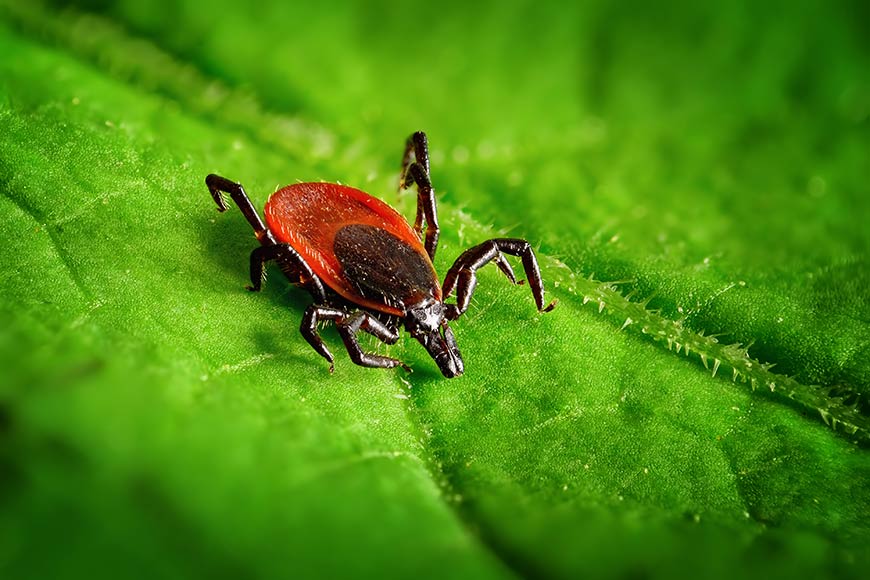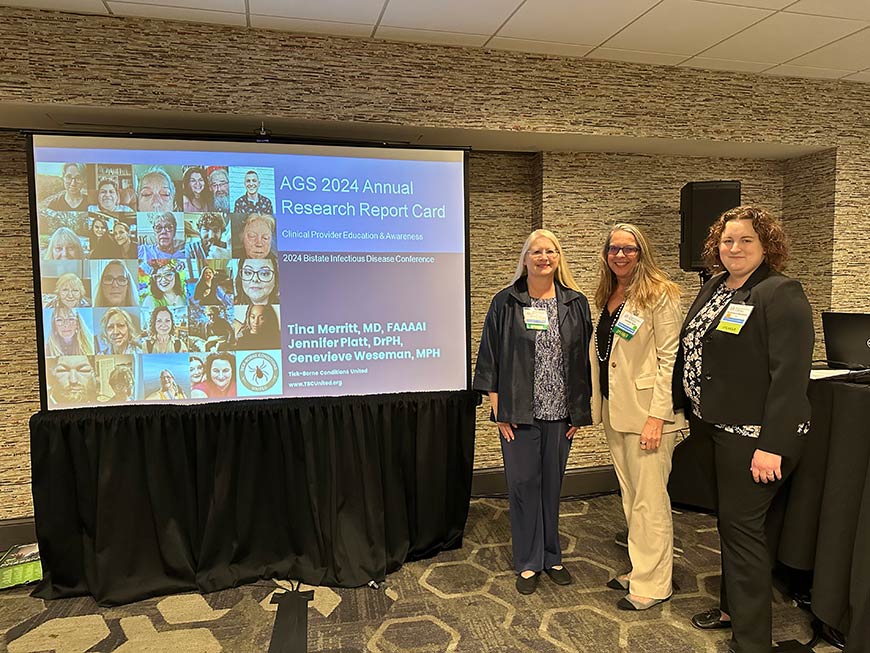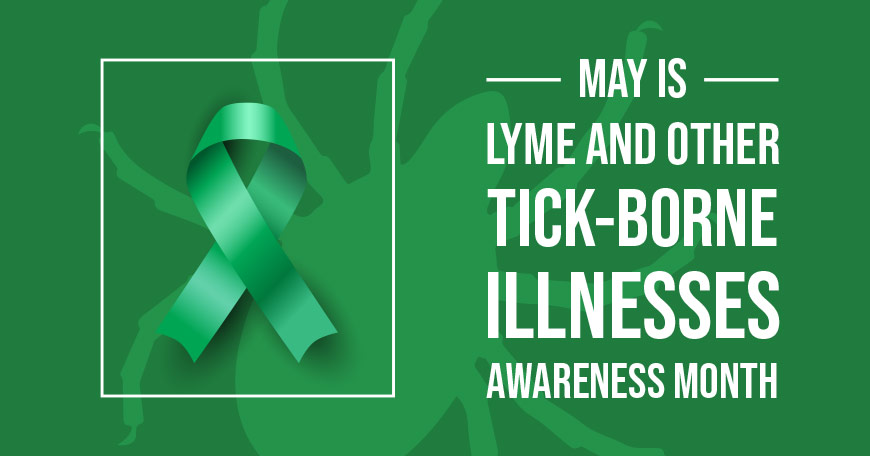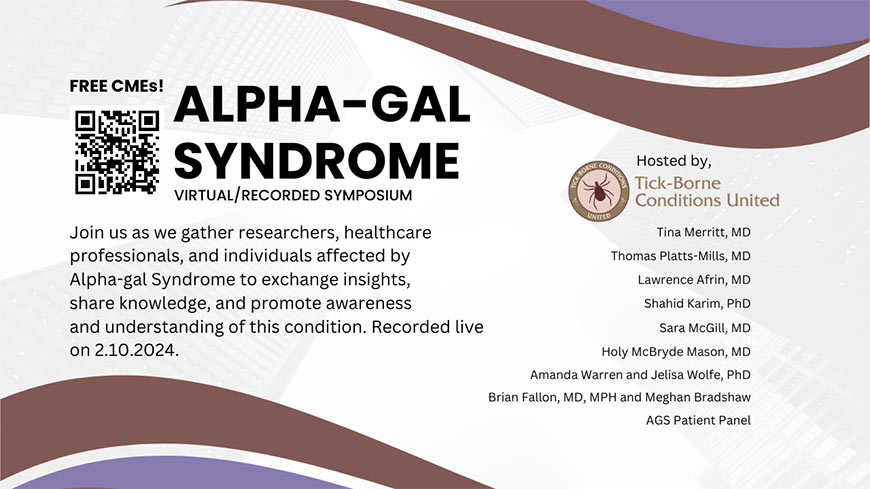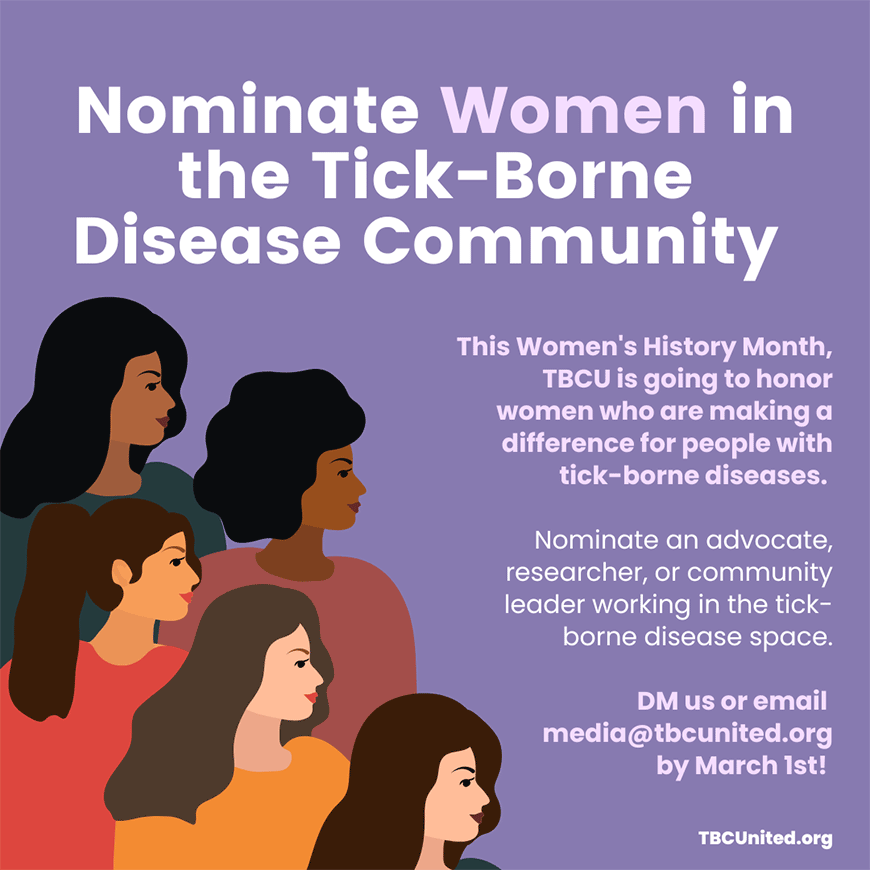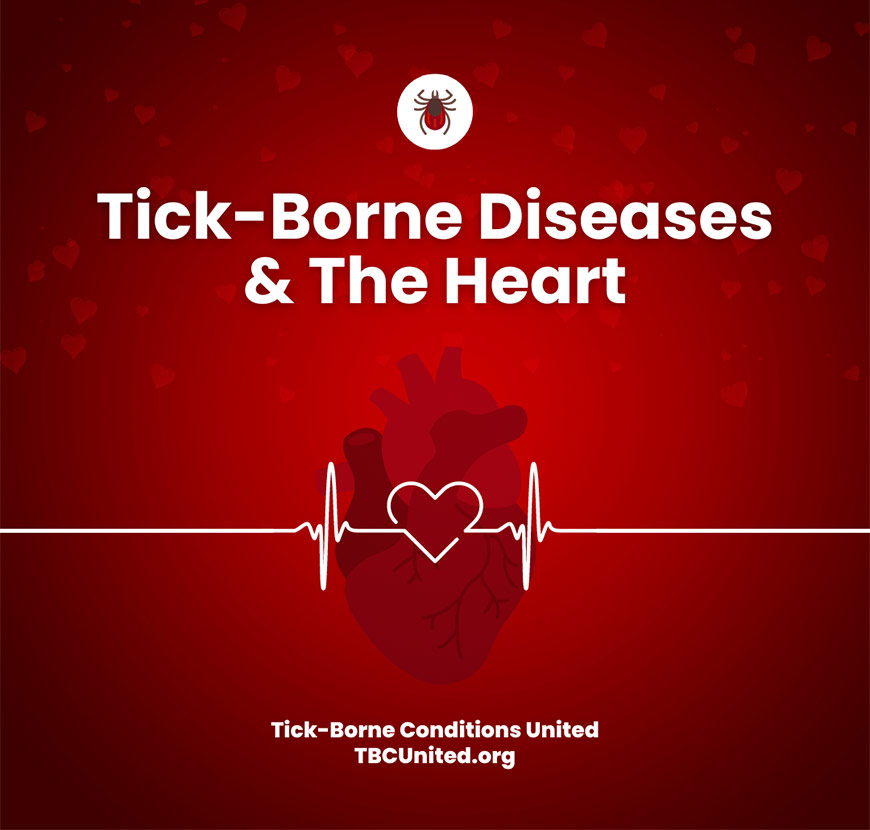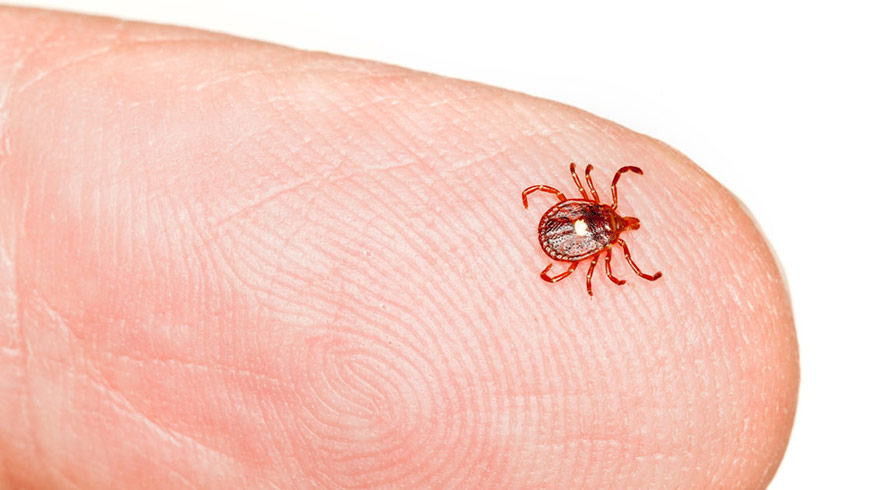TBC United Responds with Urgent Call to Expand Research and…
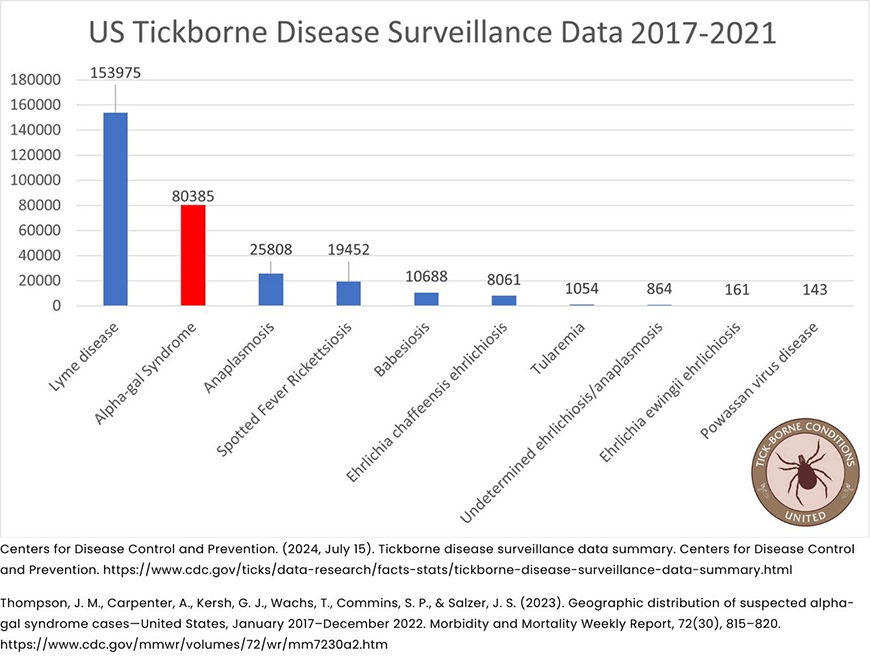
U.S. tick-borne disease surveillance data from 2017-2021
Unlike Lyme and other tick-borne diseases (TBDs), at this time (March 2025) alpha-gal syndrome (AGS) is only reported in a few states*. In 2023, the CDC used data from Eurofins Viracor to estimate the range of Americans affected by AGS since 2010 to be between 96,000–450,000 persons.
How does AGS compare?
To better understand how AGS cases compare to reported tick-borne diseases, we used case counts from the CDC dashboard for the same years used in the CDC’s 2023 MMWR report on AGS. When we added the number of positive AGS cases from the 2017-2021 Eurofins Viracor data** to the reported cases of other tick-borne diseases during those same years, AGS emerged as the second most common tick-borne disease in the U.S.
Until AGS is reported on a national basis, this is the best data we have to provide an “apples to apples” comparison of the number of AGS cases to other TBDs.
Authors: Genevieve Weseman, MPH and Jennifer L. Platt, DrPH
*Arkansas, Delaware, Nebraska, New Jersey (voluntary), NYC, North Dakota, Rhode Island, Virginia. Legislatures in South Carolina, Tennessee, and West Virginia have introduced bills to make AGS reportable in those states.
**After 2021, other laboratories began commercial testing for AGS, which makes it harder to obtain data for national comparison of cases.

